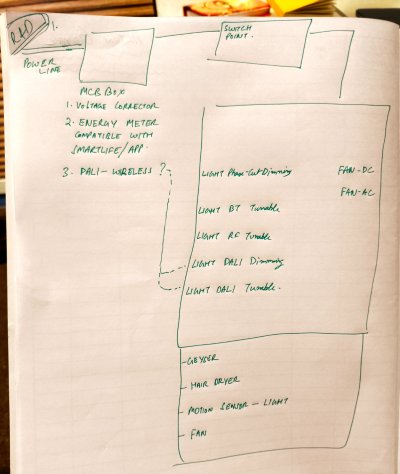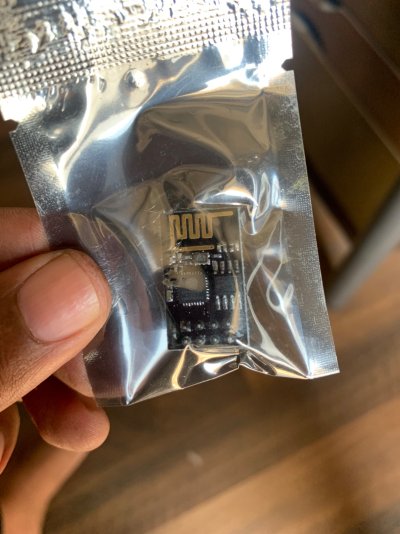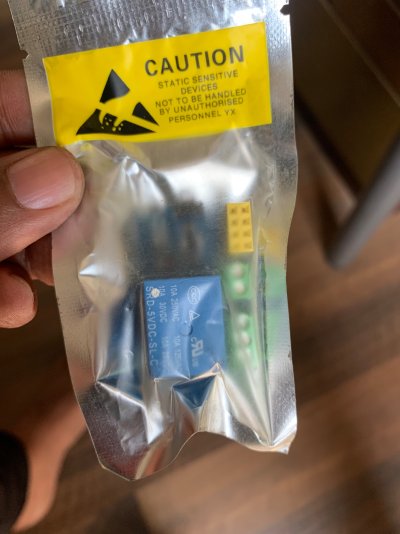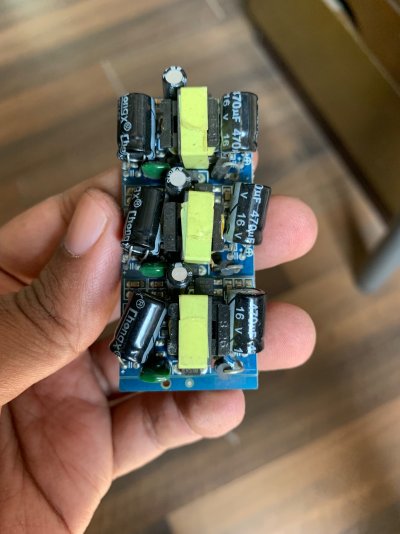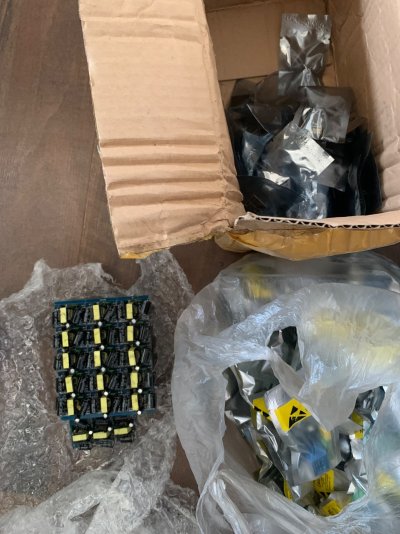KAKAN
Forerunner
I'm in the market for building wired home automation, but I'm unable to find any standards that are used in India. Even most electricians just recommend going wireless.
KNX, which is a popular standard in European countries, is almost non-existent here, and imported switches are expensive.
OneWire protocol might be possible, but then again, not sure how many actually support that either.
There are some projects online like:
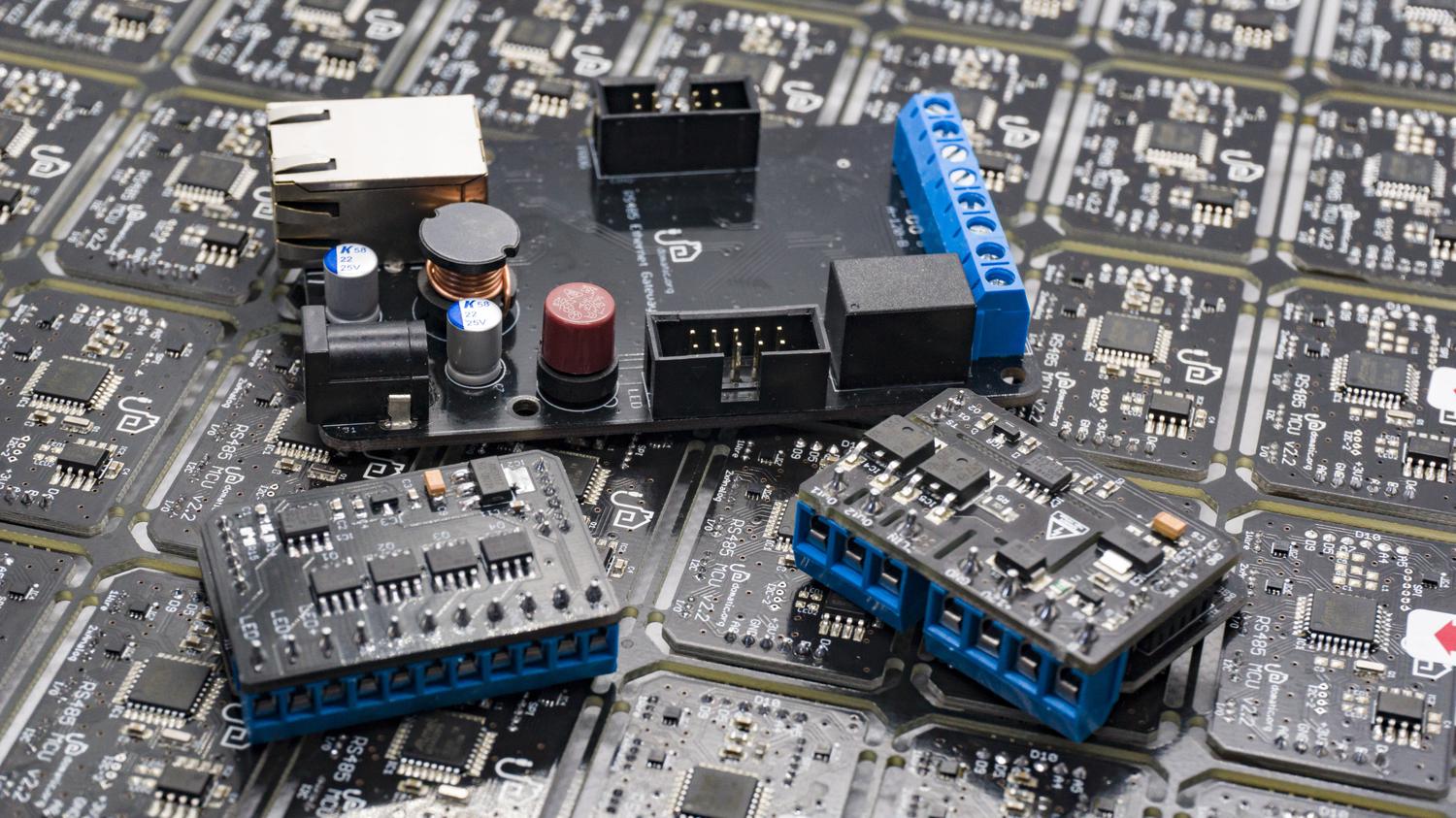
 www.crowdsupply.com
www.crowdsupply.com
And even some upcoming ones like:
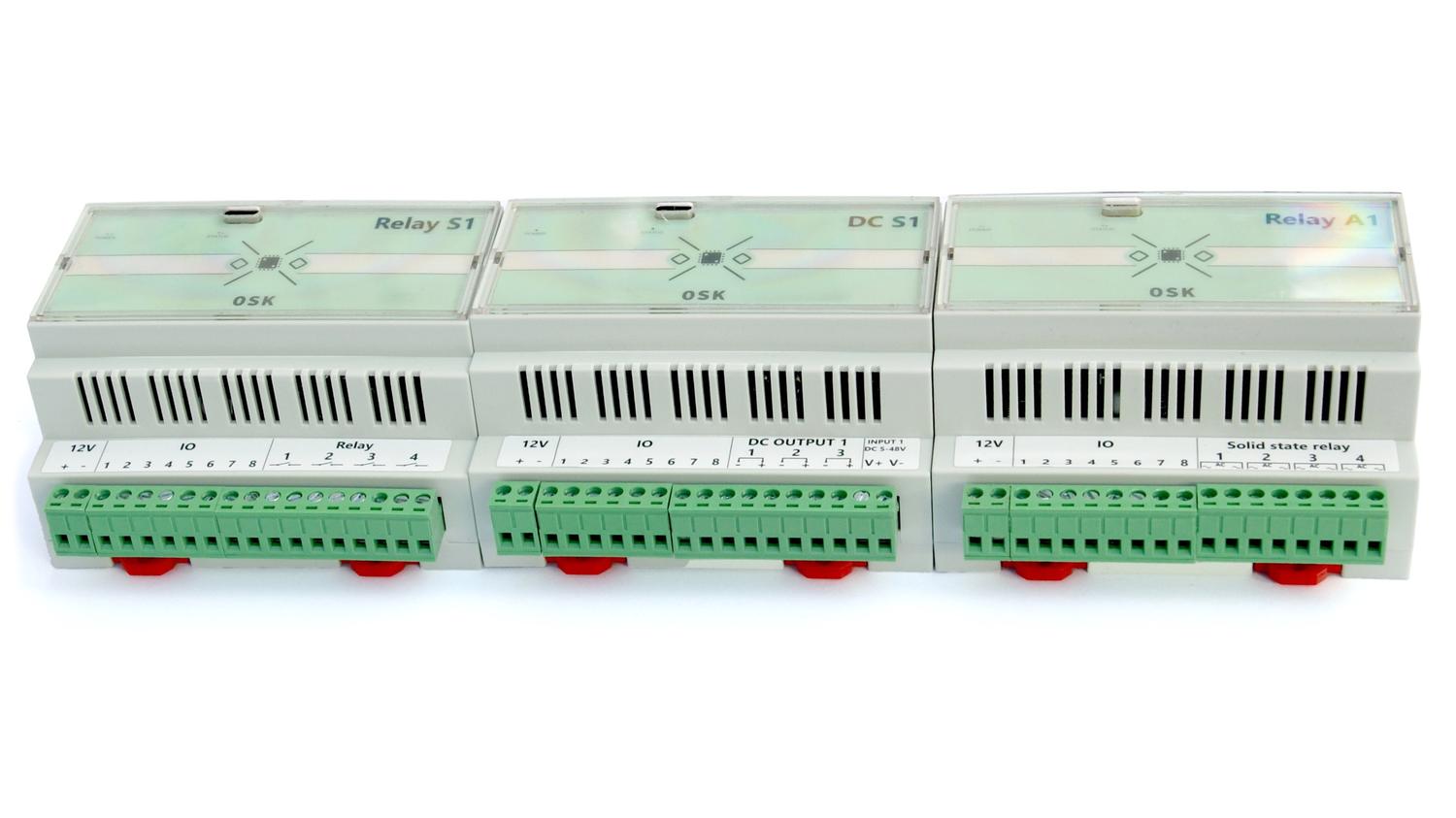
 www.crowdsupply.com
www.crowdsupply.com
Right now, GetWired looks to be the most promising option. Aside from that, I suppose the best way would be to just have Ethernet wires to all rooms in a house and hope there's some standard in the future like GetWired which can act as a hub per room and communicate to a local HA instance using Ethernet.
Of course, a smart home should be "smart", so in case of failures, manual overrides are a must, whether that be using a 2 state relay, or some other method
KNX, which is a popular standard in European countries, is almost non-existent here, and imported switches are expensive.
OneWire protocol might be possible, but then again, not sure how many actually support that either.
There are some projects online like:

GetWired
A complete solution for easy-to-use and affordable wired home automation
And even some upcoming ones like:

Open Smart Kit
Open source, flexible, modular hardware modules with Home Assistant compatibility for any of your automation needs
Right now, GetWired looks to be the most promising option. Aside from that, I suppose the best way would be to just have Ethernet wires to all rooms in a house and hope there's some standard in the future like GetWired which can act as a hub per room and communicate to a local HA instance using Ethernet.
Of course, a smart home should be "smart", so in case of failures, manual overrides are a must, whether that be using a 2 state relay, or some other method

There are many reasons one would want to build wired home automation, so please don't say in the thread to go for wireless.



 plus since it's a showroom, i wanted it to programmable easily without me ever going there for any hiccups.
plus since it's a showroom, i wanted it to programmable easily without me ever going there for any hiccups.

